Kit Gunasekera is the Vicar of St James Church in Clapham, South London. Born in Chiswick in 1972, Kit is of Sri Lankan descent and spent his early childhood in Colombo, Sri Lanka.
Kit found God when he was 17 at a Sunday church service in Holy Trinity, Hounslow. He was ordained in 2006. Of things not seen, the series by local Clapham photographer Jim Grover, which is exhibiting at the Oxo Tower gallery in South London now, shows Gunasekera’s role as a priest in a church community, juxtaposing the calling of his faith with the everyday challenges of running a church, ministering to a diverse group of parishioners while trying to increase his congregation.
We speak to Grover about the creation of a series, over a calendar year in 2015:
How did the project come about?
I had been challenged by a photographer friend to find a local story here in Clapham, South London. Being local was important to me. From a very practical perspective, I needed to be able to effortlessly dip in and out of it so that I could fit it around my work commitments. At the back of our garden is Kit’s vicarage and our respective cats introduced themselves to each other, and that is what prompted the thought of exploring the life of a local priest. So it started with my cats.
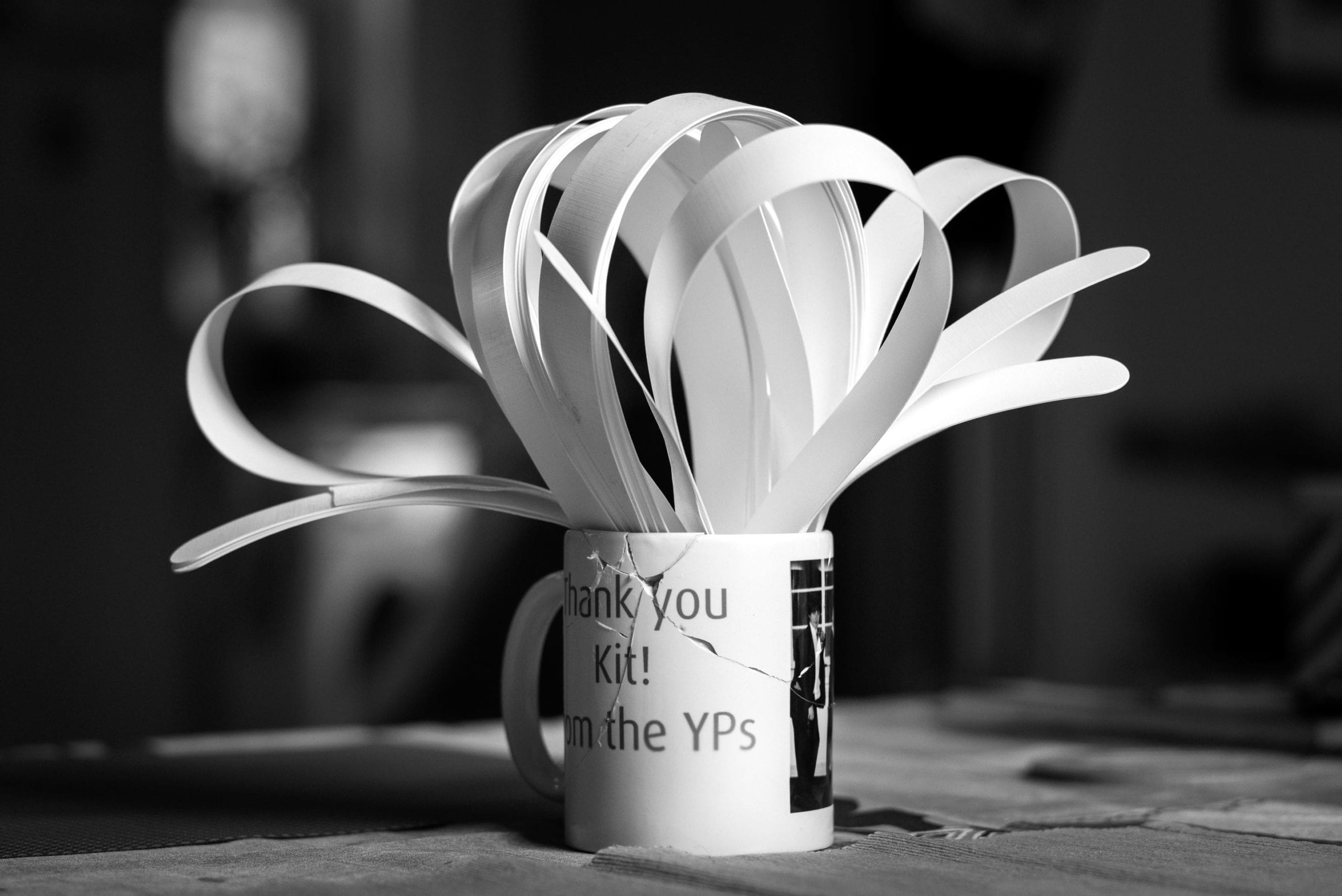
My going-in objective was to tell the story of ‘A Year of Kit’s Ministry’. It’s a deliberately broad theme. I didn’t know at the time what ministry involved, beyond the roles that we all associate with priests – Sunday services and sermon, weddings and funerals. Photographer friends kept asking me: “What’s the story?” And I would answer: “I don’t know yet.”
Initially I was a bit worried about not having that definitive story to focus on, but I really liked the freedom to explore, and to see where the themes took me. So it really evolved organically. In saying that, some of the core themes of faith, community, service, compassion became increasingly clear as the year unfolded.
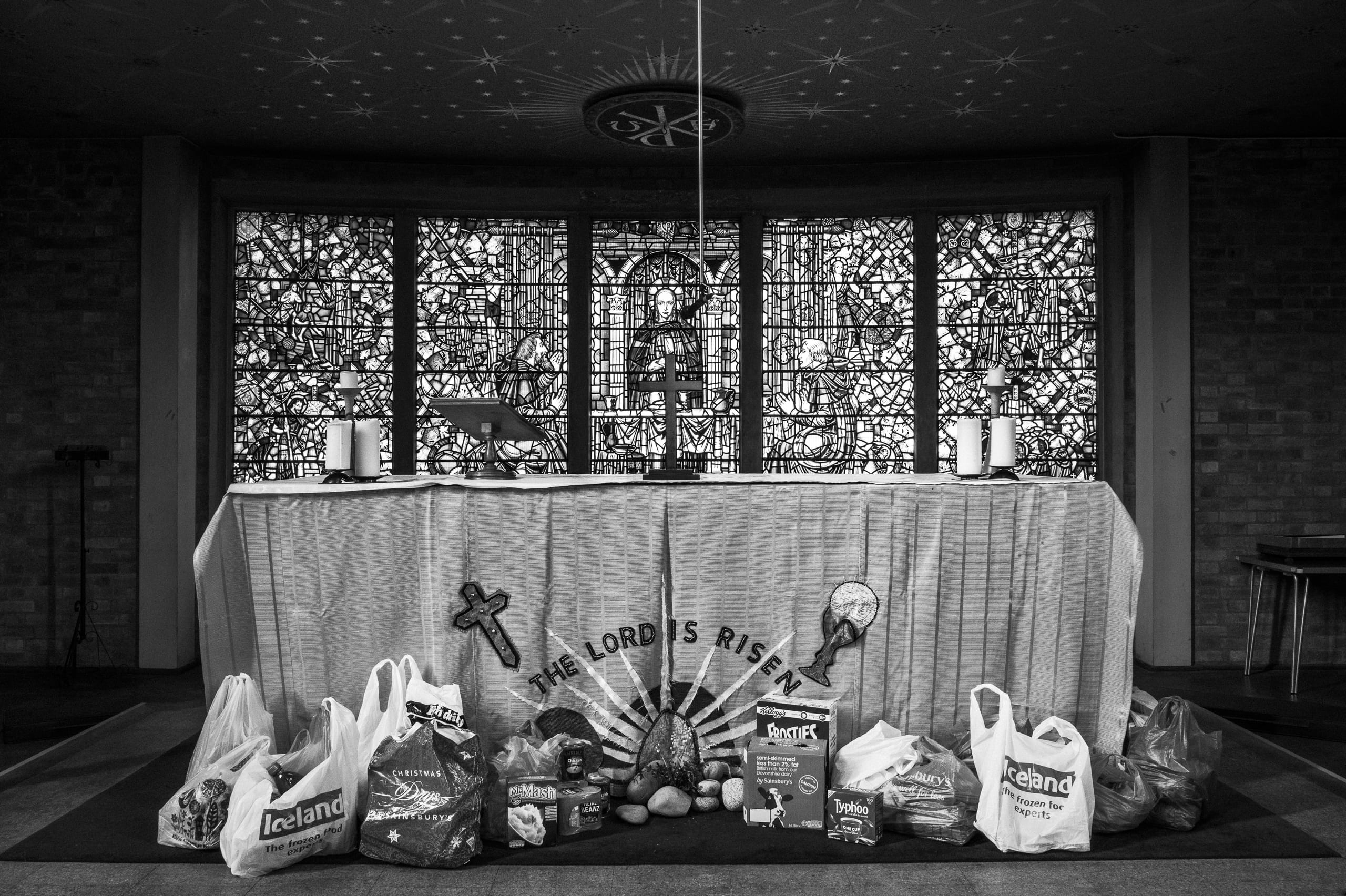
I had never taken on a photo-essay before and I knew it was a very different skill. I liked the idea of being able to really immerse myself in a single subject, one that involved people over a protracted period of time, so I explored Eugene Smith’s work.
Country Doctor was especially interesting for me: a man caring for his community with compassion and a strong sense service, the need to be able to engage with anyone, whatever their background and whatever their age, and then moments of ‘intense personal highs and lows’. I was intrigued by how Smith conveyed and distilled the breadth of Ceriani’s role in a few images -he shot over 2000 negatives over 23 days. And I was interested in how he also conveyed emotion. An incredible piece of work that is descriptive, sympathetic and moving.
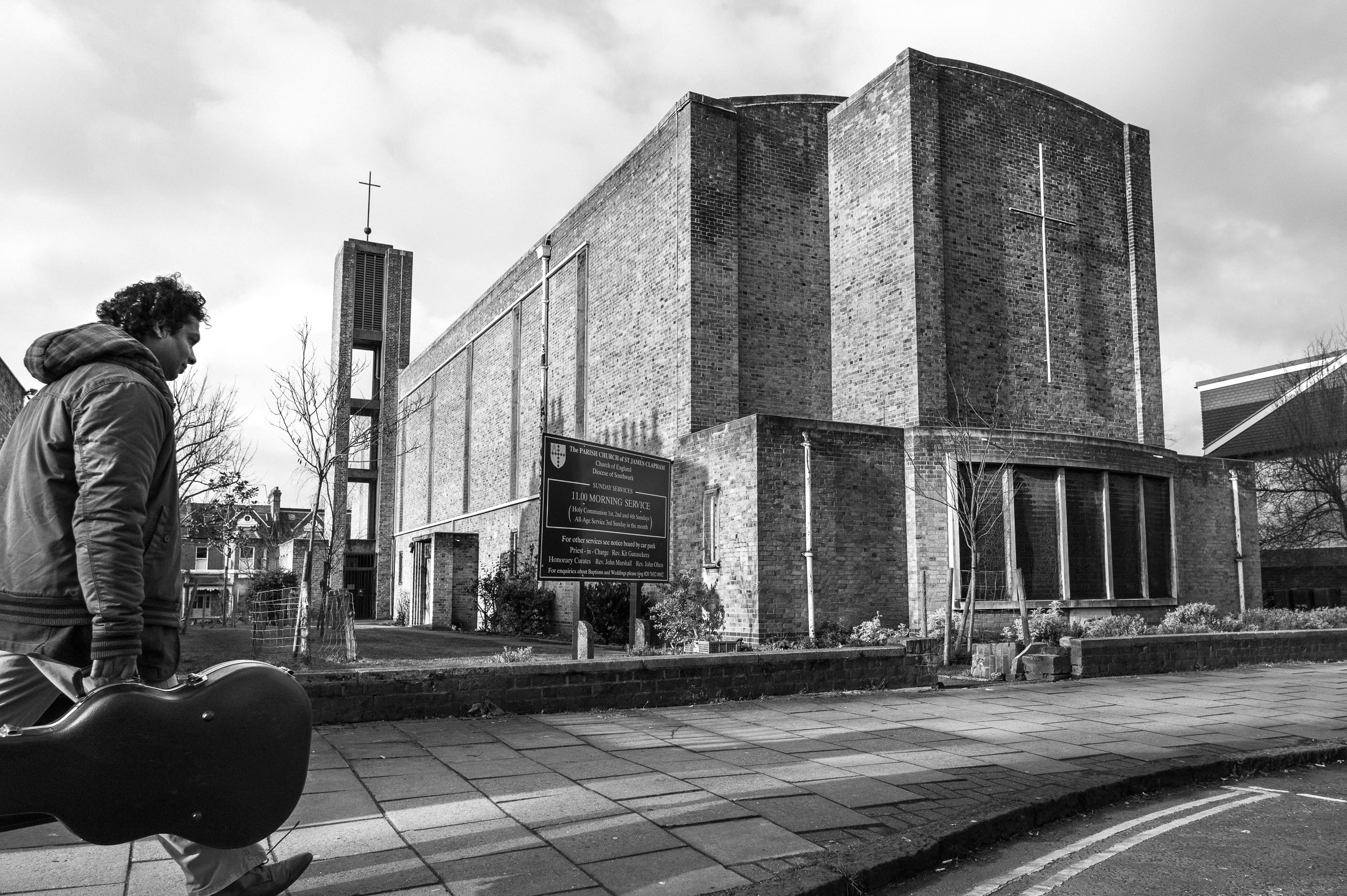
Black and white felt right for the timelessness of the subject, and because I wanted to challenge myself; I mostly work in colour. The Leica Monochrom gave me no options, it only generates black and white image files.
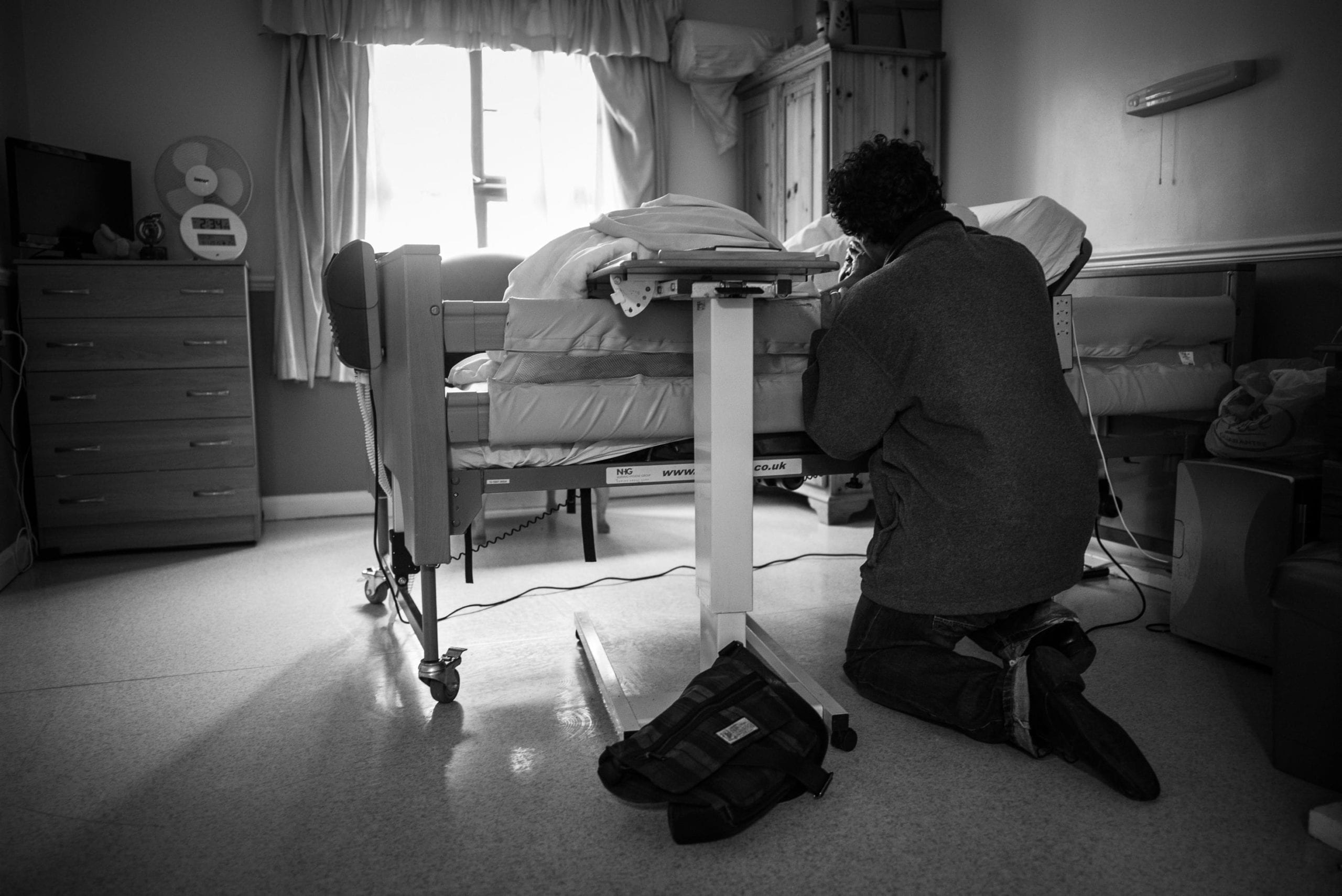
Yes, very much so. And I started to look for contrasts between what I call ‘high church’ and ‘low church’. For me, this story is partly about how the church can connect with peoples’ everyday lives and make a difference to local communities and those in need.
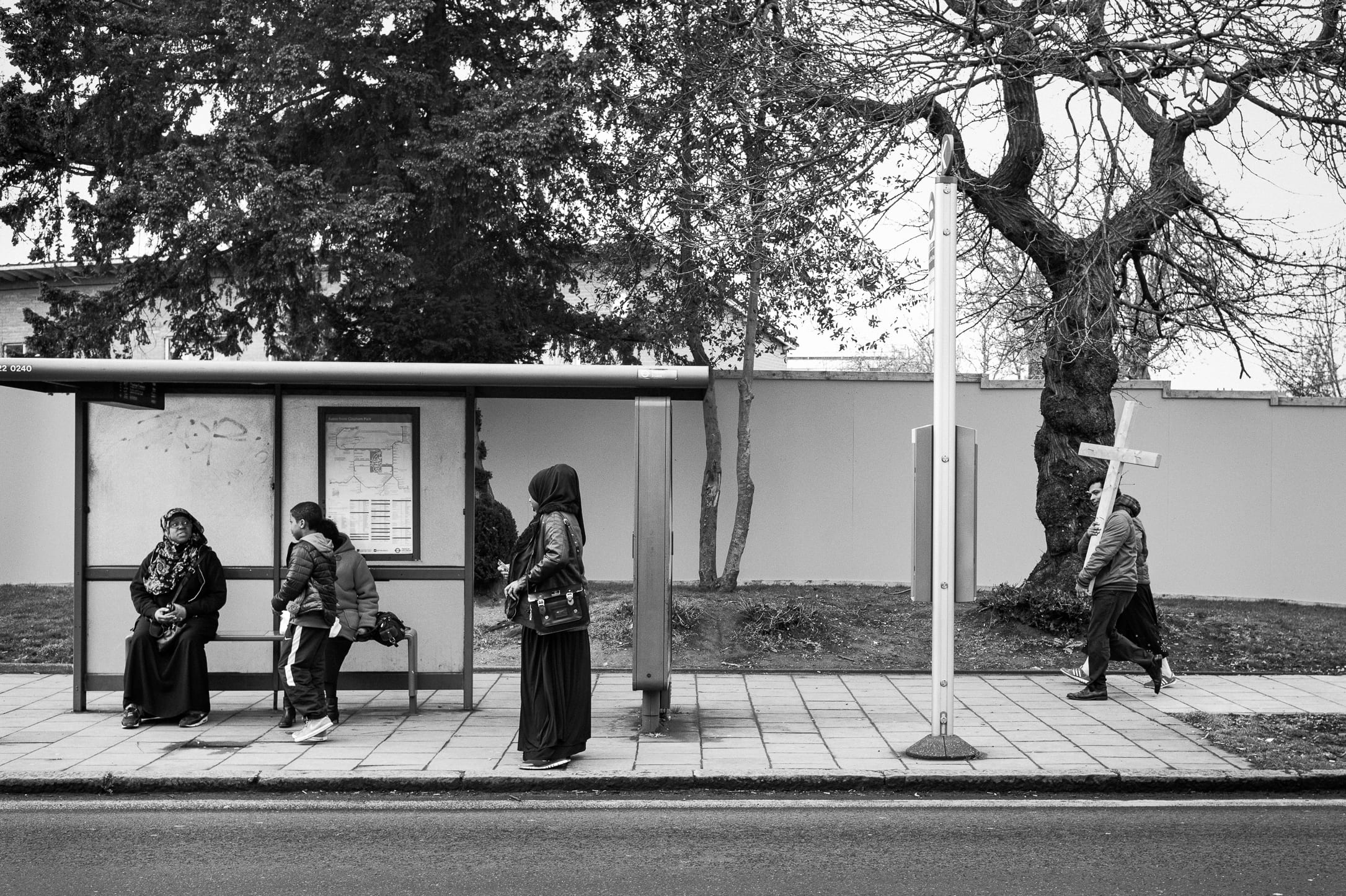
I observed very early on that touch and prayer are big parts of Kit’s ministry and so it felt important to capture those moments. They are often very private moments and, for me, they symbolise the strength and intimacy of the relationship that Kit has with those he ministers to.
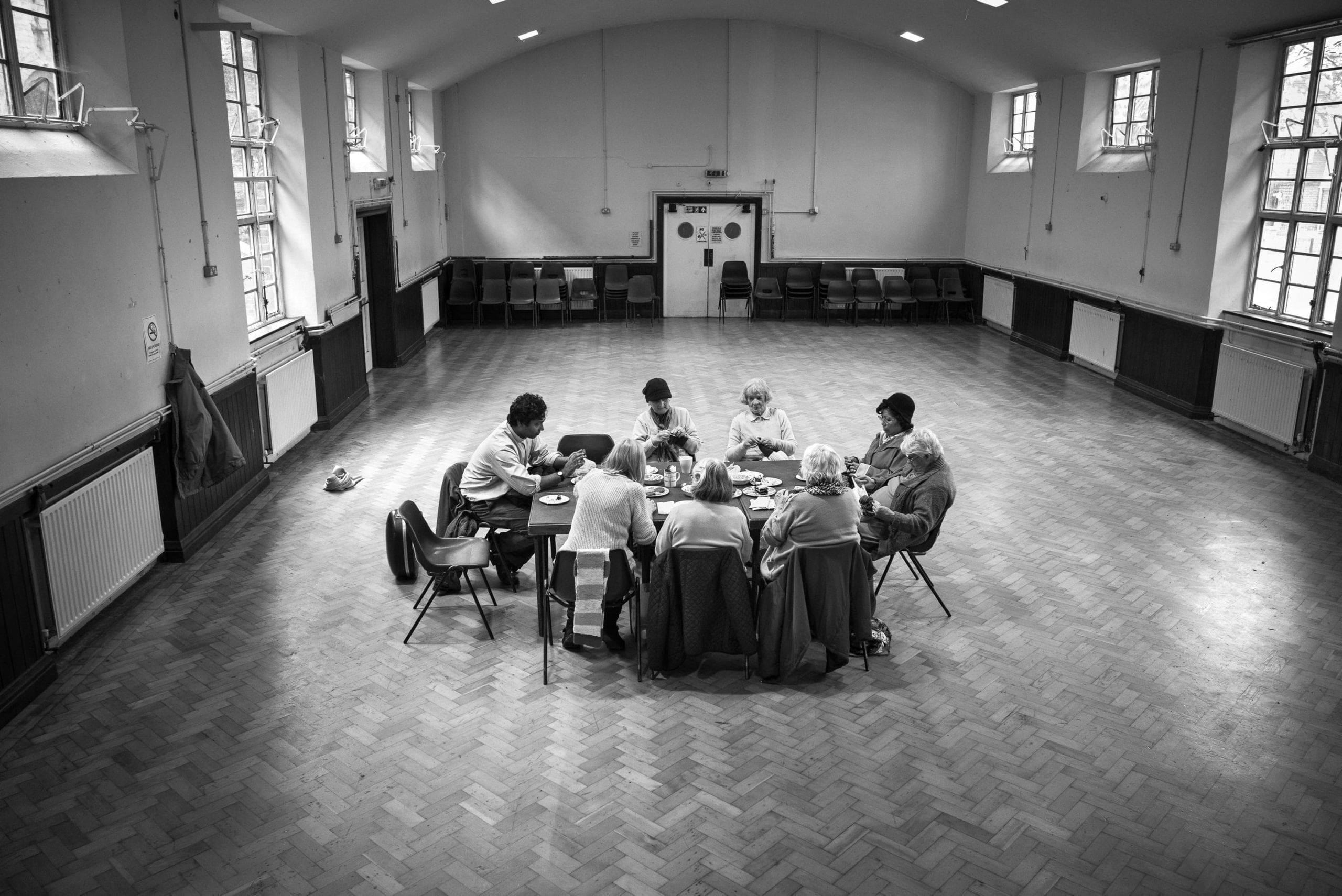
I was struck by the breadth of what the Church can offer in a local community in terms of care and support.I was struck by the kindness, compassion, and generosity of spirit of Kit’s congregants who are, effectively, the living church – continually care and look out for each other.
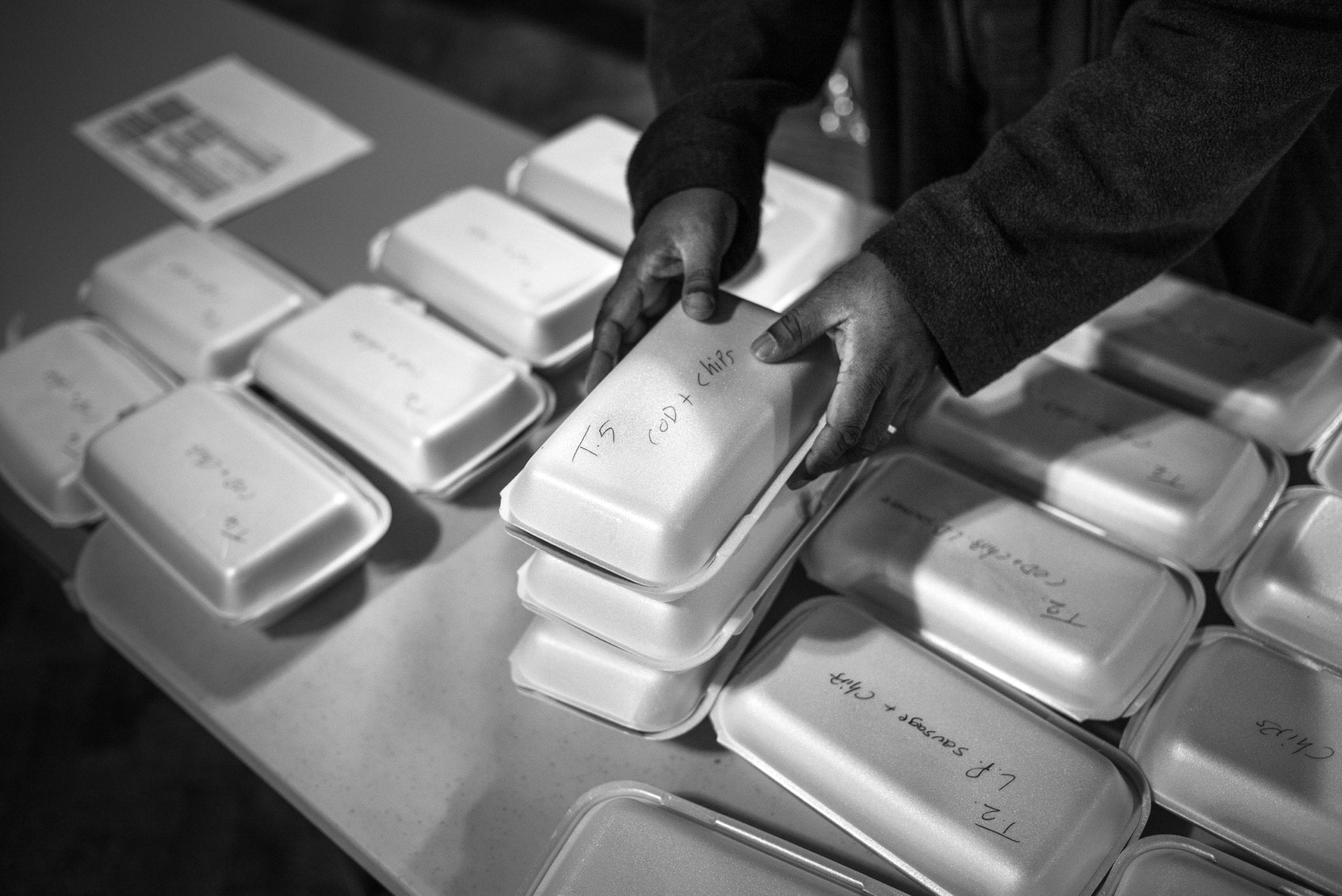
Embattled implies some sort of enemy, so I wouldn’t use that descriptor. But, certainly, the Church of England, in total, faces a number of significant challenges; declining attendances, insufficient new ministers to replace those that retire, and some very contentious internal debates, such as same-sex marriage. But I have been privilged to see and experience the profound difference that Church’s ‘footsoldiers’, the parish priests, can make in their local communities.
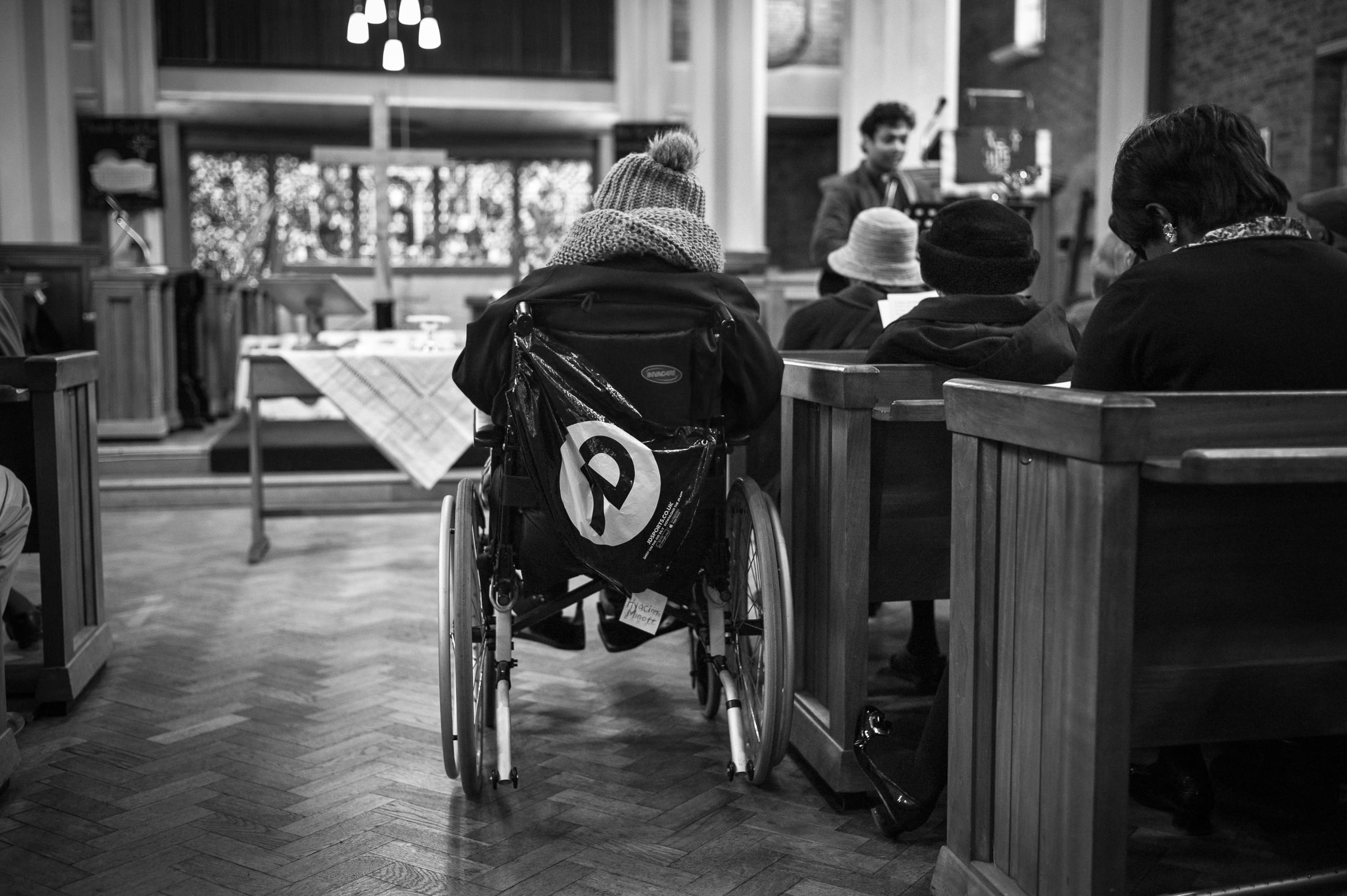
I know there are two opposite schools of thought when it comes to how involved a photographer should get with their subject matter, but I became personally involved. As I learned more about Kit’s parishioners I found myself becoming increasingly drawn into the community. I believe that the trust and friendships I established enabled me to capture some of the more intimate moments, both with Kit and his parishioners.
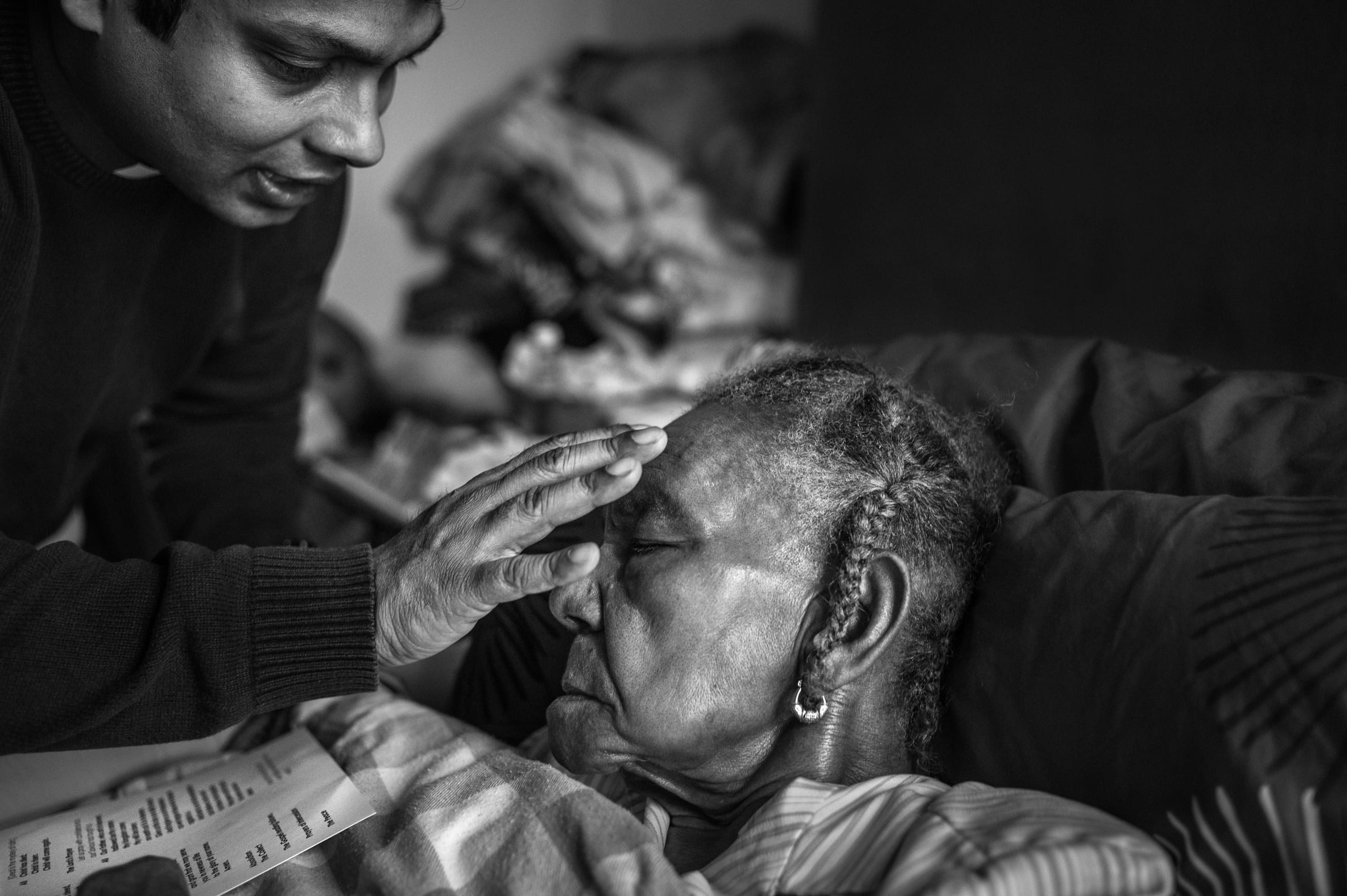
At the outset I was a typical ‘Christmas Day churchgoer’. Now I am very much part of the community, you’ll find me in Chruch every Sunday morning and I am a member of the PCC. A completely unexpected but wonderful outcome. The Bishop of Southwark, who opened the exhibition, said that he felt that my photo-story had the power to convert, but it already has. I have concluded that ministry is a remarkable and inspiring thing.
Of Things Not Seen is on show now at the Oxo Tower, Southbank, London. For more information, see here.
